The intersection of different identities is barely mentioned or discussed in FE, writes Joyce I-Hui Chen
The first time I heard the term “intersectionality” was at workshops that explore intersectionality accessibility.
The term was first coined by US academic and civil rights advocate Kimberlé Crenshaw in 1989 to describe how an individual’s differences, such as gender, race, ethnicity, class, sexuality and (dis)ability, can create different forms of discrimination, prejudices and domination.
According to the Oxford English Dictionary, overlapping identities in multiple communities leads to complex experiences of oppression and privilege that impact on individual lives.
It’s also important to consider identities such as age, religion, language, mental health, marital status, parental status, body size and so on.
The workshops were facilitated by the Women’s Leadership Network (WLN) through the Education and Training Foundation-funded programme called #APConnect, for advanced practitioners.
Here, I will explore my learning from the WLN workshops, to reflect on how we educators can use an intersectionality lens to examine our practices in FE.
Why does it matter so much in FE?
Learning about intersectionality makes me realise how little the intersection of differences is even mentioned or discussed in further education. That’s despite FE having a complex and diverse population of staff and adult learners.
In her talk at TEDWomen 2016, ‘The Urgency of Intersectionality’, Crenshaw states: “Without frames that allow us to see how social problems impact all the members of a targeted group, many will fall through the cracks of our movements, left to suffer in virtual isolation.”
Many of the social problems overlap, creating ‘‘multiple levels of social injustice’’.
Intersectionality in practice
To start with, let me use an example from my own teaching experience to explain intersectionality.
I have taught two Asian female students from the same ethnicity background but different social classes.
One was single with a child, and the other was married with three children. One had a degree, and the other completed secondary school education. One had been living in the UK for three years, and the other had just arrived for a few months.
Although they shared a similar identity as migrant workers who were both learning English as a second language, their perspectives and life experiences were different.
As an educator, it is important to consider what the equality issues might be and where the oppression, privilege and power may be located.
By doing so, we can better understand our students, and we can plan and design programmes that enrich their learning and life experiences.
Sylvia Duckworth, a Canadian educational innovator, produced a “wheel of power and privilege”, shown here. This perhaps provides a starting point for FE providers and educators to be aware of differences between individuals, and different communities that people may belong to.
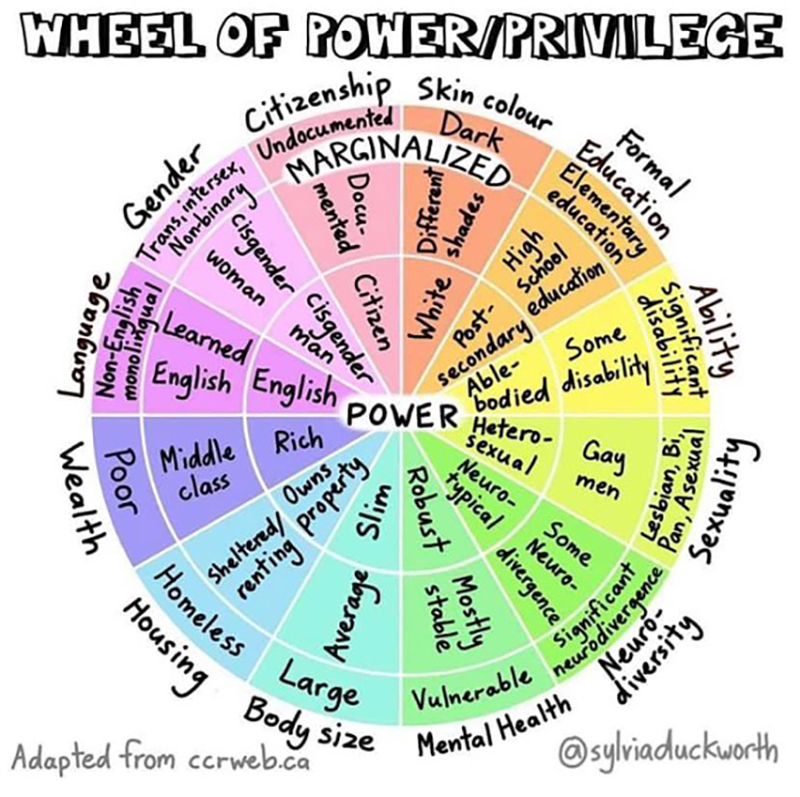
Meanwhile, the Social Identity Wheel Activity, created by the University of Michigan, is designed for educators to use with students to consider and reflect on their social identities.
Developing an awareness of intersectionality is a meaningful way to appreciate differences.
What can we do about intersectionality in FE?
It is imperative to continue the work of equity and social justice. The Covid-19 pandemic has magnified equity issues in the workplace and in education.
Using an intersectionality lens in our practice in FE means that we become more aware of the complex forms of privilege and oppression that influence people’s lives – both staff and students.
After learning about intersectionality in the WLN workshops, I think the following methods can help FE practitioners incorporate intersectionality into our practice.
- Develop an awareness and understanding of intersectionality.
- Value differences and encourage voices from less-represented communities.
- Create supportive and safe spaces for dialogues.
- Listen to and appreciate each other.
- Collaborate with different communities.
The benefits of doing this would help create a fairer and more equal learning environment and workplace. This in turn would help support students and staff to reach their full potential.


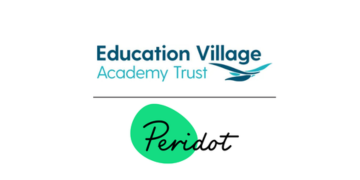


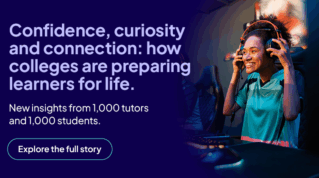


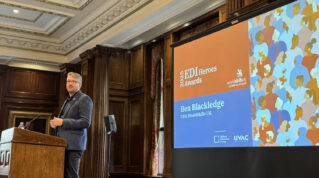



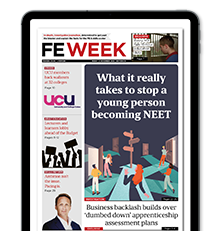
Your thoughts